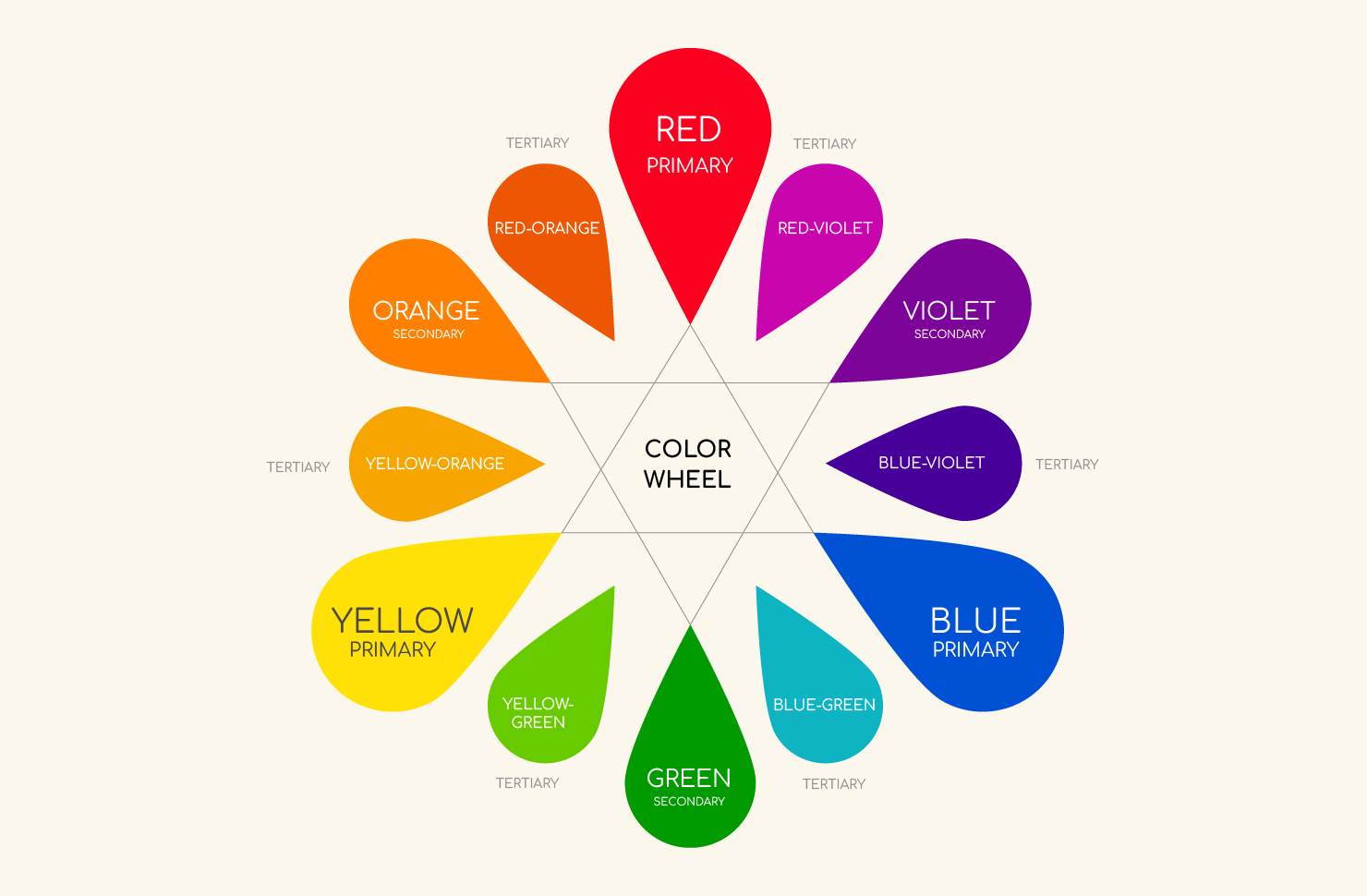Understanding the Different Types of Insurance Policies You Need
Introduction
Insurance isn’t just a safety net—it’s an essential part of your financial wellness strategy. Whether you’re protecting your home, health, income, or loved ones, having the right insurance can shield you from unexpected costs and provide peace of mind.
But with so many options out there, it’s easy to feel overwhelmed. In this article, we break down the key types of insurance policies you should consider, what they cover, and why they matter.
🏥 1. Health Insurance – Protect Your Physical & Financial Wellbeing
Health insurance helps cover the cost of medical care, hospital visits, prescriptions, and preventative services. Without it, even a minor injury or illness could lead to thousands of dollars in bills.
Types of Health Coverage:
-
Private plans (through employer or self-funded)
-
Public plans (like Medicare, Medicaid, or provincial coverage in Canada)
-
Marketplace plans with subsidies (depending on income)

🚗 2. Auto Insurance – Required Protection for Drivers
If you own a vehicle, auto insurance is often mandatory by law. It protects you financially in case of accidents, damage, theft, or injury.
Coverage Options:
-
Liability (covers others if you’re at fault)
-
Collision (covers your car in an accident)
-
Comprehensive (covers theft, fire, natural disasters)
-
Uninsured motorist protection
Tip: Shop around annually to compare rates—especially after your policy renews or your driving record improves.

🏠 3. Homeowners or Renters Insurance – Safeguard Where You Live
Whether you own or rent, it’s important to protect your property and belongings.
Homeowners Insurance Includes:
-
Structural damage (house repairs, rebuilding)
-
Personal property (furniture, electronics, clothes)
-
Liability (if someone gets hurt on your property)
-
Loss of use (hotel stays during repairs)
Renters Insurance Covers:
-
Personal belongings
-
Liability
-
Temporary living expenses

⚰️ 4. Life Insurance – Support for Your Loved Ones
Life insurance provides a lump-sum payment to your beneficiaries if you pass away. It’s especially critical if you have dependents or outstanding financial obligations.
Main Types:
-
Term Life: Affordable and time-based (e.g., 10, 20, or 30 years)
-
Whole Life: Lifetime coverage with a cash value component
-
Universal Life: Flexible premiums and investment options

🛠️ 5. Disability Insurance – Income Protection You Shouldn’t Overlook
If you become injured or ill and can’t work, disability insurance replaces a portion of your income, so you can cover essential expenses like rent, food, and bills.
Types:
-
Short-term: Covers a few months to a year
-
Long-term: Covers extended periods or until retirement
-
Employer-provided or self-funded options available

🧳 6. Travel Insurance – Peace of Mind on the Go
Travel insurance protects against trip cancellations, medical emergencies abroad, and lost luggage—especially helpful for international travelers.
Consider It For:
-
Flights and hotel bookings you can’t afford to lose
-
Overseas medical coverage (your home plan may not apply)
-
Delayed baggage or trip interruptions

🏢 7. Business or Self-Employment Insurance – Safeguard Your Livelihood
If you’re self-employed or run a business, specialized insurance helps protect your income, clients, assets, and liability exposure.
Options Include:
-
Professional liability (errors & omissions)
-
Business interruption insurance
-
Equipment or cyber liability coverage

🧠 Final Thoughts
Insurance isn’t one-size-fits-all—it’s about creating a personal safety net that reflects your lifestyle, income, and long-term goals. Whether it’s covering hospital bills, replacing a stolen laptop, or protecting your family’s future, having the right mix of policies can help you sleep better at night.
editor's pick
news via inbox
Nulla turp dis cursus. Integer liberos euismod pretium faucibua










